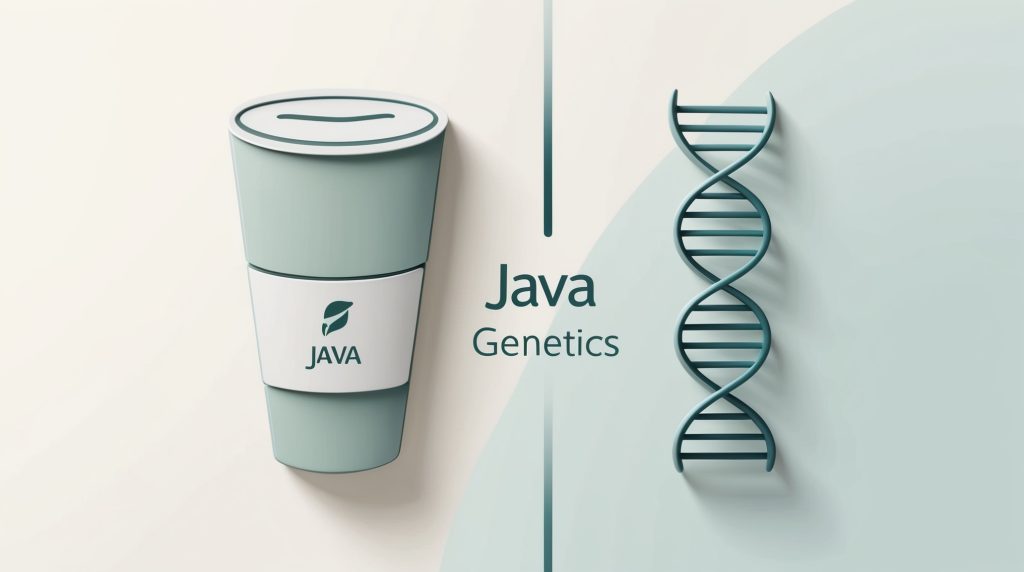In the ever-evolving landscape of software development, productivity is a key factor that can make or break a project’s success. As developers, we are constantly seeking tools and techniques that can streamline our workflow and enhance our efficiency. Enter Spring Boot DevTools, a powerful module designed to supercharge the development process for Spring Boot applications. This comprehensive blog post will […]














